Formula 1®
Formula 1 Logistics: From Russia to Japan in 72 hours
We’ve already had a triple-header this year and now we have, what on the surface at least, looks like a tricky back-to-back from Russia to Japan. How complex is this pairing?
In actual fact, while European back-to-backs probably sound simpler, they are far more complex than the flyaways, as the European back-to-backs involve taking down motorhomes, building motorhomes, fleets of trucks and all sorts of movement. In Europe, F1 requires nearly 300 articulated trucks. It’s actually far more complex than a flyaway.
With flyaways the distances are obviously far greater, but you’re basically packing everything up and putting it all on the same set of planes. Formula 1 organises the movement of all the teams’ freight and it’s a very efficient process; the way in which the equipment moves is much slicker than at a European race. If you had to choose a pattern F1 is best set up for, it’s ironically the long distance flyways that are the easiest in terms of logistics.
How much freight will be flown from Sochi to Suzuka?
It’s six or seven Boeing 747 cargo planes. Depending on what the teams decide to take it can involve a seventh plane. A cargo jumbo jet takes around about 130 tonnes, so it’s a lot of stuff. It’s not only the teams’ equipment but also our own – the broadcast centre, the timing equipment, all of the FIA’s equipment. It’s well in excess of 750 tonnes.
On Sunday in Sochi what time do you need everything to be packed and ready to go?
It’s a gradual thing. We don’t wait for the last thing to go into the last box before we move anything. The teams will start packing up straight after the race – often the pack down starts during the race.
That process takes generally seven or eight hours. So from the chequered flag onwards they crews have got a day’s work to get the cars back, take them apart, and service them, and at the same time there’s packing going on.
It’s six or seven Boeing 747 cargo planes.
Steve Nielsen, Formula 1 Sporting Director
Maybe an hour or so into that seven or eight hours, we would get the first pallets onto trucks and send them to the airport.
Naturally the flights are staggered, so we might ask teams to prioritise three of their Q7 pallets, which are the largest ones. Those will be the first to go, and the first to arrive at the next event, so the teams will utilise that space accordingly. There’s a specific load list that is very carefully pre-planned weeks in advance.
Formula 1 is renowned for its attention to detail. Is it the same with packing and air freighting equipment?
It is. For example, if you look at the team’s pit wall stands, the limiting factor on the way many of those are made is that they must fit the measurement of a Q7 pallet – nothing can be longer than that because otherwise it won’t go in the flight case. All of that is taken into consideration at the very early design stages of the equipment teams use.
It never ceases to amaze me how it all happens. What Formula 1 does on the track is special but for me the logistics around moving the sport around the world are just as impressive. It still staggers me that we are able to move the amount of stuff we do, over the distances we do, and two or three days later it’s on the other side of the world, set up and working.
I can’t think of many other sports or businesses that could do it. There are other big sport - football, the America’s Cup, they’re our equivalents – but we do this every other week, sometimes twice in the same week. The logistics of it are jaw dropping.
This year we’re back-to-backing Sochi with Suzuka but next year we’re going from Singapore to Sochi. The change will gain time for the teams – in that F1 will be heading from GMT+8 to GMT +3, whereas this year we’re losing hours from Sochi to Suzuka. Is that why it was done?
The calendar is built on a vast array of variables, so you can’t look at it purely on time difference. If you could, there’s no doubt you would give yourself time rather than lose it between back-to-backs because it just gives the crews more time to work, but the time difference is just one variable.
Having said that, I do remember being on the flight from Montreal to Baku in 2016 when those two races were back to back and that was a miserable experience! It makes a tough job even harder. So you do look at time differences but it’s probably not in the top five or six considerations when it comes to formulating the calendar. We plan that way when we can, but when we can’t Formula 1 sucks it up and gets the job done.
We also had the triple-header this year, which was tough on teams. Is that something Formula 1 would avoid in future?
I think what it taught us is that if we were to do a triple-header again – and it’s not something we’d undertake lightly - it would certainly be better to do it at flyaway events rather than European ones.
And that’s for the reasons I mentioned earlier. In Europe we have large hospitality units. They are unique, but constructing and deconstructing them is enormously time consuming and hugely expensive in terms of manpower etc. So if we were to do something like a triple-header I think it would be at flyaways.
The Formula 1 Triple Header Diary
The air freight going from Sochi to Suzuka is a huge part of how F1 moves around the world, but there’s also a sea freight element. How does that work?
Because, for some time now, more than half of our races have been flyaway races, a large amount of cost for us and for teams is moving freight around the world by air – because that doesn’t travel cheaply. So there’s a balance to be achieved by sending some equipment by sea.
Let’s say you’ve got a piece of equipment like a vice. It’s fairly cheap but it probably weighs 10 kilos, so it makes economic sense to duplicate it five times over and send it by sea, rather than to fly a single heavy object around the world.
You wouldn’t do it with car parts but you might do it with crowd control barriers or garage panelling, larger, heavier items that are relatively low cost. And so generally the teams have five sets. At any one time two or three of those sets will be on a container ship somewhere going to the next race.
The sea freight is something our partner DHL does directly with the teams and they offer a really good service, Some ships get delayed or diverted but even when that happens DHL bring their power to bear and they always fix it.
The sea freight is something our partner DHL does directly with the teams and they offer a really good service
Steve Nielsen, Formula 1 Sporting Director
One of the things we find at the moment is that because teams are bringing more and more sea freight, they want to arrive at the track earlier and so we have regular requests from teams to access the track on the Friday, the week before the race.
If you went back 15 or 20 years the teams would probably arrive on the Tuesday of the race week. That all happens four days earlier now, particularly at the flyaways, and it’s because their garage build, the wiring, the cabling, is so much more complex now, and getting more so all the time.
From our point own of view at F1, our broadcast centre is built even earlier than that. I was doing some work on Brazil recently and I think our first people are in Brazil the Wednesday of the week before the race. Our last people would leave on the Wednesday morning of the week after the race.
For us and for the teams it is an incredibly complex process, almost a military operation. There’s a huge amount of planning that happens in the background that people don’t see. But as I said, I’m constantly amazed by Formula 1’s ability to get it done, to pack down in one city or circuit and set-up again on the other side of the world in under a week and still deliver a world-class sporting spectacle.
Source: Formula 1

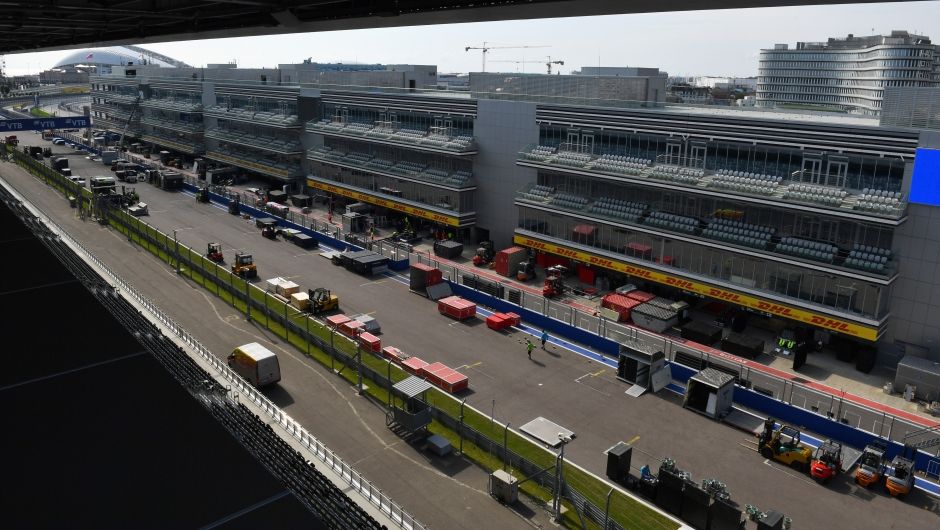

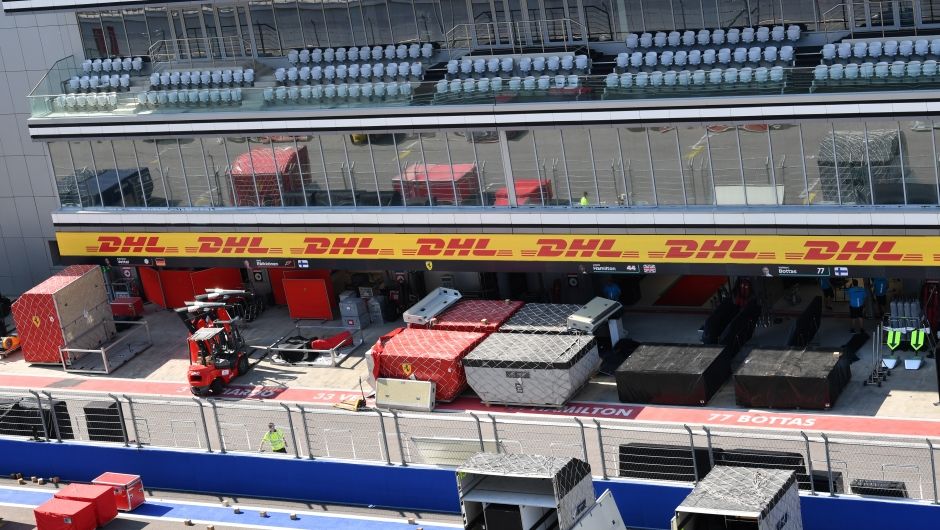
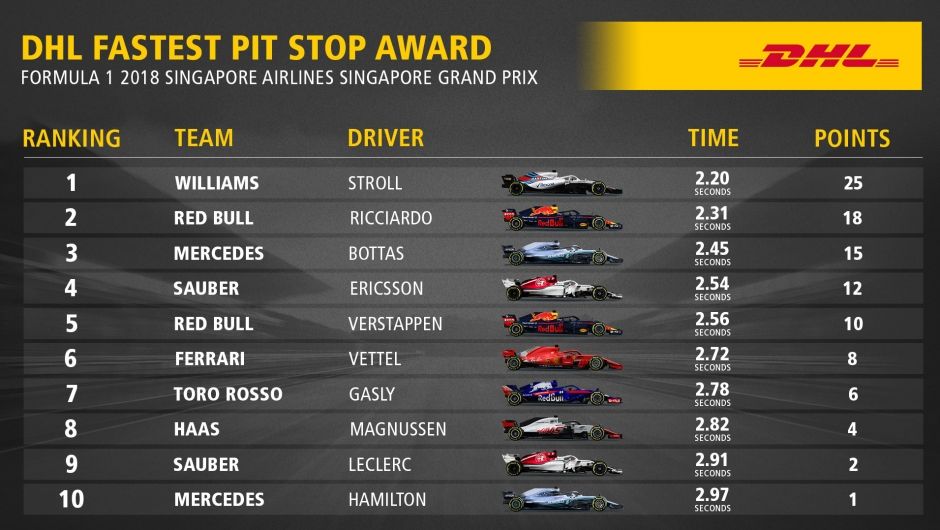
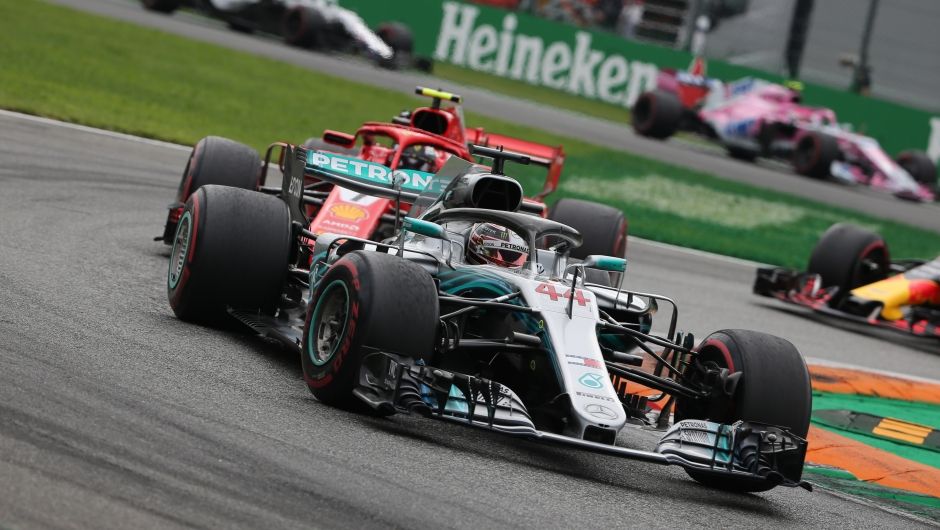
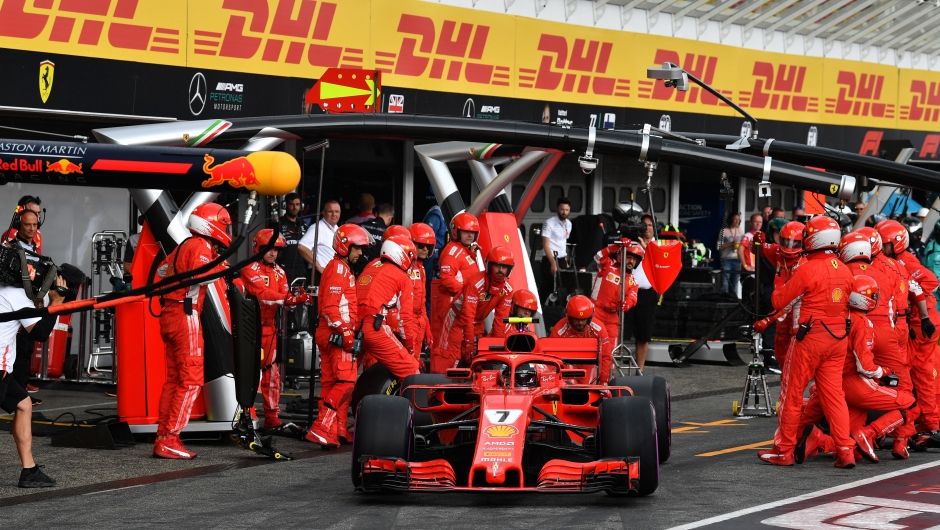
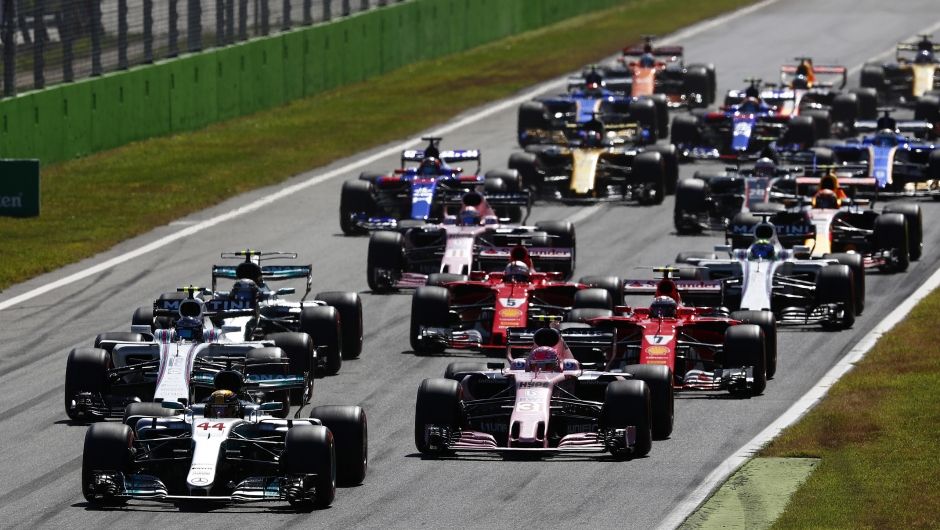
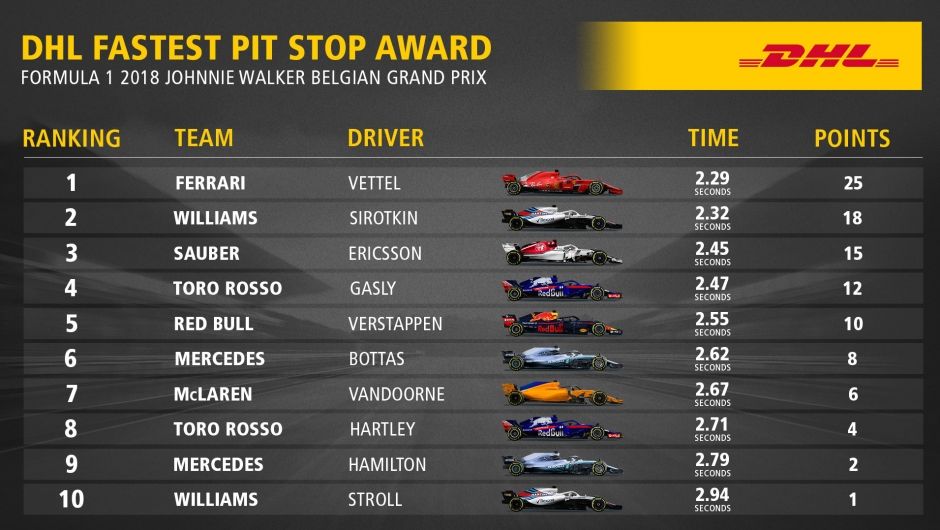
Content from disqus has been blocked because you did not allow to load it.
Loading the blocked content will adjust your privacy setting and content from this service will not be blocked in the future.
You have the right to revoke or change your decision at any time.
Posting Guidelines
All communications on Logistics of Things should be appropriate for a professional community, respecting the diverse views of individuals from different backgrounds. We will review all comments and reserve the right to terminate or restrict access to user's account and to delete any content posted through it, without notice and at our discretion, if we deem it to be overly promotional, offensive, or off topic.
All posting become property of DHL.